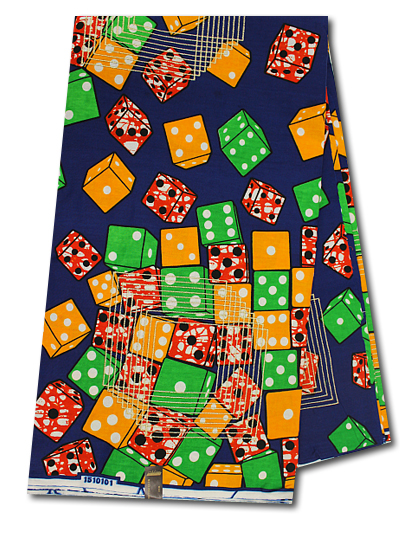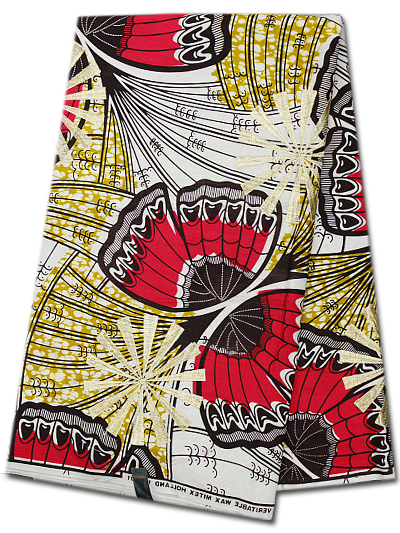African wax prints are hot stuff right now. Worn by celebrities such as Gwen Stefani and appearing ever more on the British high street, their bold designs and explosions of colour have made wax prints a firm favourite for those wanting to make a style statement. But how much do you know about where they come from and how they are traditionally used?
 * Dressing down:
* Dressing down:
We may associate the finery of African wax with being dressed up but in some areas of Nigeria, the prints are actually worn commonly as lounge-wear; large uncut pieces are tied around the body and teamed with a relaxed top.
* Every pattern has a meaning
The patterns on African wax prints tell stories, proverbs and traditional tales, and the colours have significance as they can represent social standing or a person’s marital status. Newlyweds, for instance, are commonly given a print of a bird soaring out of a cage to symbolise the daughter flying her father’s nest.
* Are “tribal” prints really tribal?
The fashion media has long used the term “tribal prints” to describe African wax designs. However, the fabrics actually originate from Indonesia, where local people have been applying wax to cloth to create patterns for generations. Under the Dutch colonials, the people of these islands sold their designs to West African women, who began to see wear them as status symbols. The fabrics then evolved as West African stories and proverbs began to be told through a new variety of wax print.
 * They are made using the batik technique
* They are made using the batik technique
From the Japanese word “tik”, meaning “to dot”, a batik is made by putting hot wax over certain areas of the cloth. The fabric is then dyed and the parts with wax over them retain the original colour.
* The designs are constantly evolving
The patterns on African wax prints are always changing. An arrangement that has a particular meaning can be then merged into another style to give a totally new interpretation, in line with the changing social attitudes of the time.

